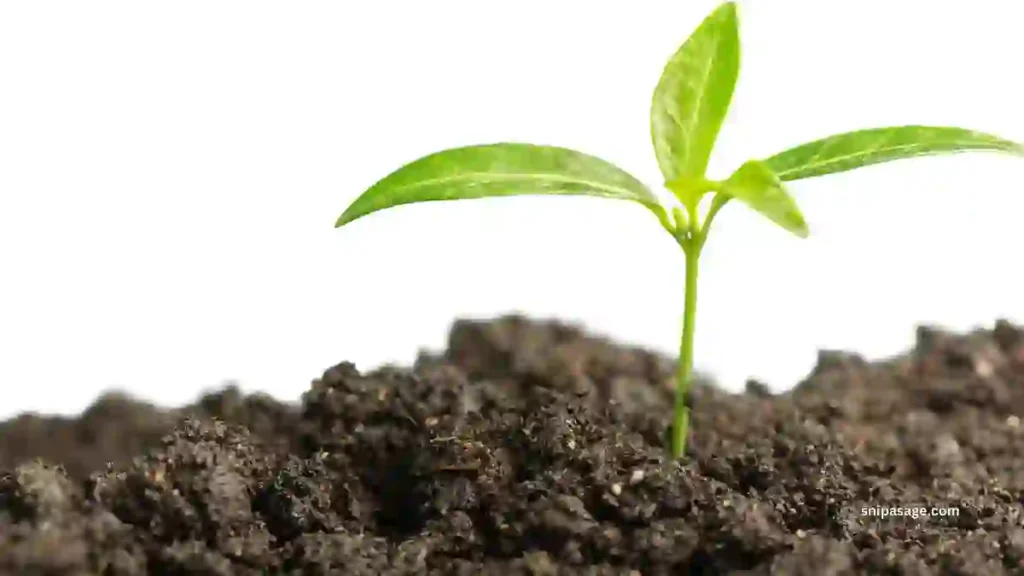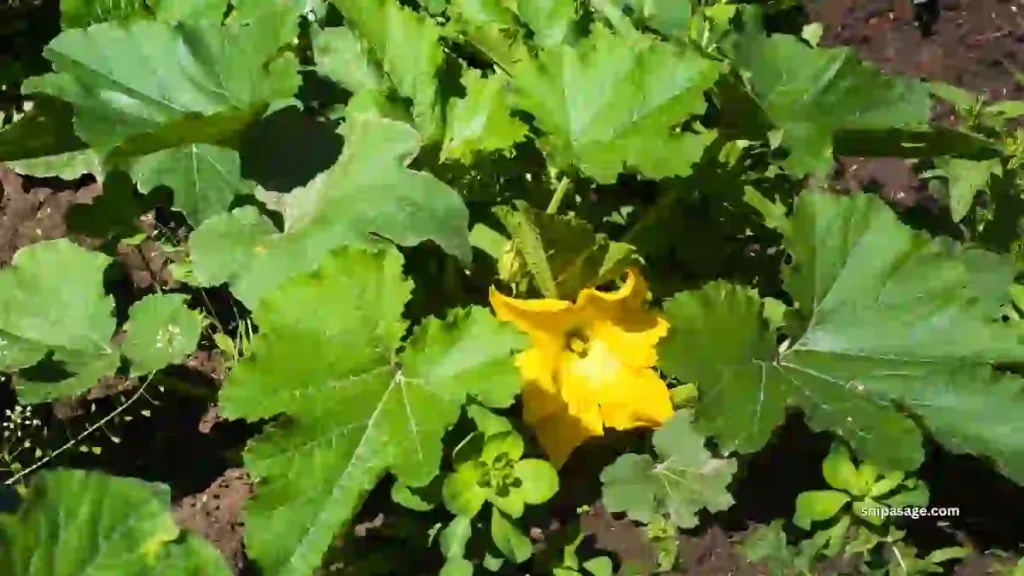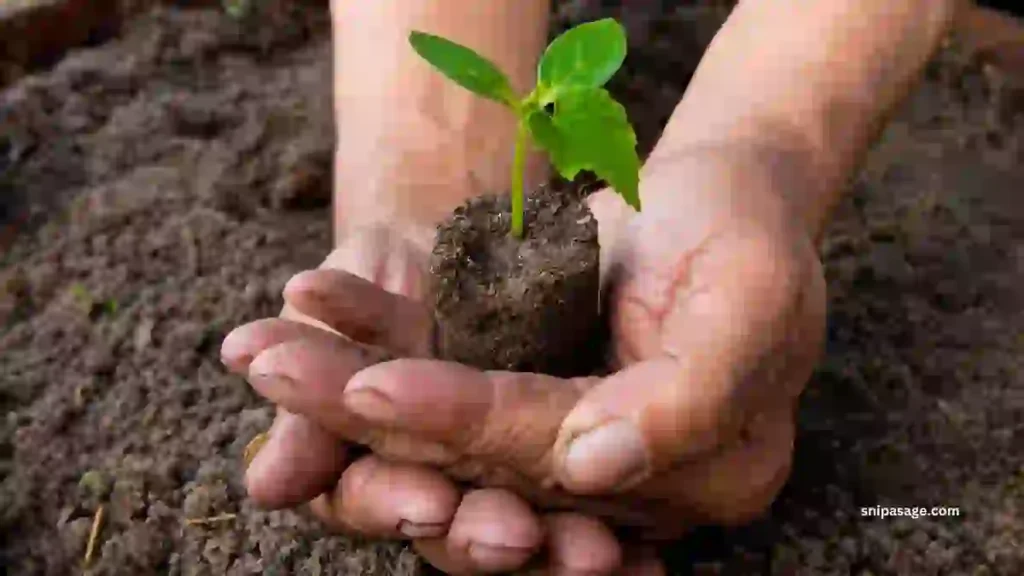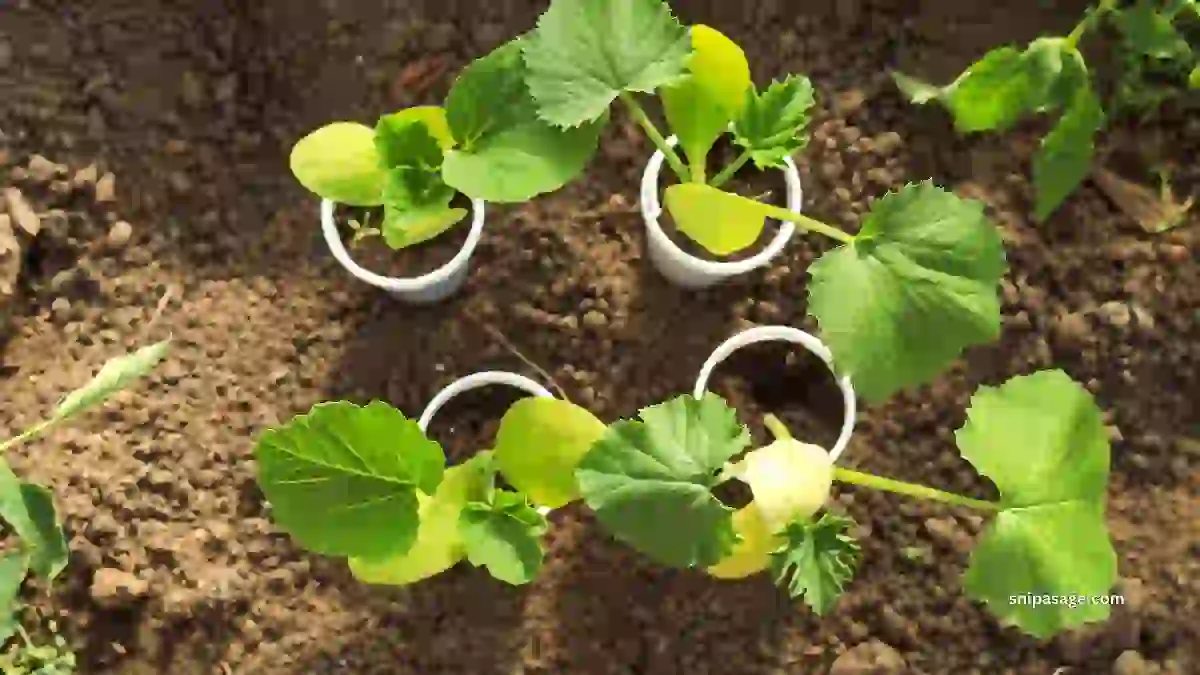Moving zucchini seedlings to your garden is a very important part of making sure you get lots of healthy zucchini. Even though it might seem easy When to Transplant Zucchini Seedlings, it is super important for how well your plants will grow and how many zucchini you’ll get. In this guide, we’ll look at the best times and conditions for moving your zucchini seedlings, helping you make your garden thrive.
Zucchini Seedling Growth for When to Transplant Zucchini Seedlings

Zucchinis like warm weather and grow best in soil that lets water drain away easily. They need lots of sunlight. Zucchini plants usually begin growing inside before they move to the garden. Knowing how zucchini seedlings grow is important to pick the right time for moving them.
Seed Starting:
Start by planting your zucchini seeds inside, around 4-6 weeks before the last frost in your area. Use good-quality soil for starting seeds and keep them warm to help them grow. This early beginning makes sure that your seedlings have strong roots when you move them to the garden.
Seedling Development:
As your zucchini seedlings get bigger, keep an eye on how they’re growing. Check for the arrival of real leaves, which usually come a few weeks after they first start growing. These true leaves show that the seedlings are prepared for the next part of their growth.
Factors Influencing Transplantation Timing:
Many things help decide when it’s the right time to move your zucchini seedlings. If you pay attention to these things, it can make transplanting easier and increase the chances of getting lots of zucchinis when it’s time to harvest.
Do you know? While both zucchini and pumpkin plants belong to the same botanical family, they differ in terms of the vegetables they produce, with zucchini being harvested when young and tender, while pumpkins mature into larger, hard-skinned fruits.
Weather Conditions:
Zucchinis don’t like cold weather, and frost can harm or even kill small zucchini plants. So, waiting until the cold weather is over is important before moving your zucchini seedlings outside. Check the dates when frost is not expected in your area to know the right time to transplant your zucchinis.
Soil Temperature:
Zucchinis really like warm soil, so it’s important to make sure the soil is warm enough before moving it. Look for a soil temperature of at least 60°F (15°C). You can use a special tool called a soil thermometer to check the temperature and decide when it’s the right time to transplant your zucchinis.

Seedling Size and Health:
Strong and healthy seedlings can handle the stress of being moved better. Look for seedlings that are 3-4 inches tall and have strong roots. If the seedlings are smaller or weaker, moving them might make them grow slower and give fewer zucchinis.
Transplantation Process:
Now that you know when the best time to move your zucchini seedlings is, let’s talk about how to do it. This will help them transition smoothly from inside your home to your garden.

Harden Off Seedlings:
Before you move your zucchini seedlings to the garden, let them get used to the outdoor environment. This is called “hardening off,” and it usually takes about 7-10 days. Begin by putting the seedlings outside in a safe place for a few hours each day. Slowly let them get used to the sunlight and wind by increasing the time they spend outside.
Choose the Right Location:
Choose a place with lots of sunlight and good drainage for moving your zucchini seedlings. Make sure the soil has plenty of organic matter and drains well. It’s also important to leave enough space between the plants so they can grow well and get enough sunlight. Although, you can make zucchini trellis, that can offer creative solutions to maximize garden space, improve air circulation, and support the healthy growth of zucchini plants.
Deciding whether to start zucchini indoors depends on your local climate and frost dates, but you can also start them indoors can give the plants a head start for a successful growing season.
Transplanting Technique:
Make holes in the ready soil that are a bit bigger than the roots of each seedling. Take the seedlings out of their containers carefully, making sure not to hurt the roots. Place each seedling into a hole, fill the hole with soil, and delicately press the soil around the base of the plant. Water the seedlings you moved thoroughly to help the soil settle and avoid stressing the plants.
Post-Transplant Care:
Taking good care of your zucchini plants after moving them is just as important as when and how you move them.
Watering:
Keep the soil moist by watering your zucchini plants regularly. But be careful not to give them too much water because zucchinis can get sick in soil that’s too wet, and their roots might rot. Brown zucchini leaves may indicate various issues such as overwatering, nutrient deficiencies, or diseases, and addressing the underlying cause is essential for maintaining the plant’s health.
Mulching:
Put a covering of natural mulch around the bottom of your plants to keep the soil damp, stop weeds from growing, and control the temperature of the soil.

Fertilization:
When your zucchini plants have settled in the garden, think about adding a balanced fertilizer to help them grow. Use the suggested amounts written on the fertilizer package for the best outcome. Creating a homemade fertilizer can be a cost-effective and sustainable way to nourish your plants and promote healthy growth. Otherwise, you can try Green fertilizer balls to provide a convenient and eco-friendly way to feed your plants, releasing nutrients gradually to support their overall health and development.
Conclusion:
Moving zucchini plants to a new spot is a really important part of getting lots of healthy zucchini. If you know how your seedlings grow and think about things like the weather and how warm the soil is, you can make sure the move goes well. Taking good care of your plants after moving them will help them grow strong in their new home, and you’ll get lots of tasty and good-for-you zucchinis.

